That’s why home gardening has been conserved as a part of life generation after generation across the Northeast states of India. These small home gardens also help preserve the local plant species and pollinators including birds and bees. The traditional farming knowledge combined with their deep connection with nature results in a beautiful ecosystem that nurtures its every part. The indigenous knowledge passed on by home gardening communities perfected after rigorous trial and error is an invaluable source of agri-diversity preservation as well.
The north-eastern region consists of the eight states of Arunachal Pradesh, Assam, Manipur, Meghalaya, Mizoram, Nagaland, Sikkim, and Tripura and lies in the Eastern Himalayan Agro-climatic zone. The laterite and sandy soil in this region is gifted with diversity and fertility to grow a large variety of vegetables, herbs and fruits. In addition to this, the abundance of rainwater promotes a relatively better green cover across the region, hence, making the region ideal for planting and growing.
Owing to these facts, the entire Northeastern region is a hotspot for growing and producing speciality crops. As a result, 10 horticulture products from the region were awarded the coveted GI tag which includes Naga tree tomato, Tezpur litchi, Assam Karbi Anglong ginger, Khasi mandarin, Kachai lemon, Memang narang, Arunachal orange, Mizo chilli, Sikkim large cardamom and Tripura Queen pineapple.
Let’s look at some common vegetables, herbs, and flowers that you can plant and grow at home from seeds across these states.
Best Vegetables and herbs to grow in North-Eastern States in India
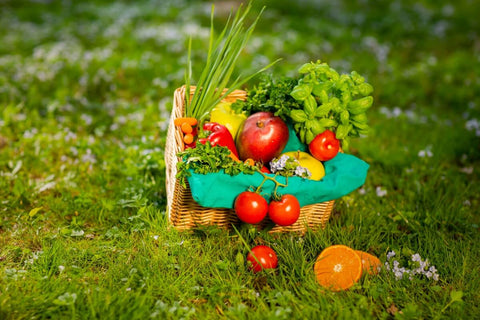
- Lettuce: Lettuce loves cool weather, making it perfect for the North-Eastern States. Plant lettuce seeds in well-draining soil and keep them moist. Provide shade during the hottest part of the day. Harvest outer leaves when they reach a desirable size.
- Cherry Tomatoes: Cherry tomatoes thrive in warm weather with plenty of sunlight. Plant them in rich soil with good drainage. Provide trellis support for the plants as they grow. Water consistently and deeply, ensuring the soil stays evenly moist. Harvest ripe tomatoes when they are fully coloured and slightly soft to the touch.
- Brinjal (Eggplant): Brinjal prefers warm weather and well-drained soil. Plant brinjal seeds in a sunny spot with good air circulation. Water regularly, especially during dry spells. Mulch around the plants to retain moisture and suppress weeds. Harvest when the fruits are glossy and firm to the touch.
- Yam Beans: Yam beans, also known as jicama, need warm weather to grow well. Plant them in loose, well-drained soil. Provide support for the vines as they grow. Water every day and harvest when the tubers are mature, usually around 5-6 months after planting.
- Peppers: Peppers thrive in warm weather and plenty of sunlight. Plant capsicum or pepper seeds in well-draining soil. Water when the soil feels dry on touch.
- Pak Choi: Pak choi, or bok choy, prefers cooler temperatures. Plant them in a large raised bed in well-drained soil enriched with compost. Keep the soil consistently moist, especially during hot weather. Harvest when the leaves are young and tender before they start to bolt.
- Basil: Basil loves warm weather and plenty of sunlight. Plant basil seeds in well-drained soil enriched with compost. Water regularly and pinch off flowers to encourage bushier growth. Harvest leaves regularly to promote continuous growth.
- Celery: Celery prefers cool weather and plenty of moisture—plant celery seeds in rich, moist soil with good drainage. Harvest when the stalks are crisp and flavorful.
- Fennel: Fennel thrives in cool weather and plenty of sunlight. Plant seeds in fertile, well-drained soil. Keep the soil consistently moist and harvest when the bulbs are firm and the foliage is fragrant.
- Chilies: Chilies love warm weather and plenty of sunlight. Plant them in well-drained, fertile soil. Keep the soil consistently moist, especially during dry spells. Harvest when the chillies reach the desired size and colour.
- Microgreens: Microgreens can be grown indoors year-round. Plant microgreen seeds in shallow trays filled with potting soil. Water only when the soil feels dry on touch. Harvest microgreens once they are 2-3 inches tall, usually within 1-2 weeks after planting.
On top of these, one can also grow a lot of flower bulb varieties in spring and autumn seasons like the calla lily, Asiatic lily, tulips, gladiolus, rain lily, hyacinth, crocus, amaryllis lily, freesia lily etc. Just be careful of their planting season and the soil temperature in the location. Flowers need 5-6 hours of direct sunlight to bloom. Hence, it’s ideal to plant these bulbs in a sunny location. Check out our collection of beautiful flower bulbs you can plant in your home garden.
How to start a kitchen garden at home in the North-Eastern States in India:
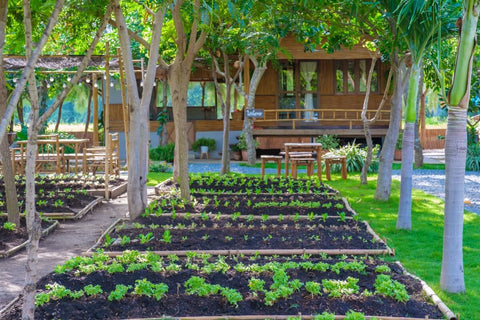
Every day we tend to get a lot of queries and even more orders from our home gardeners across the North-Eastern states. Despite sometimes facing longer transit times in the delivery of their gardening supplies, there has been an overwhelming enthusiasm for home gardening in these states ever since we launched AllThatGrows.
And if you have not already set up a kitchen garden at home, we would love to get you to help you get started. Follow these basics to start right:
Choose a Suitable Location:
- Select a spot in your garden or balcony that receives ample sunlight, preferably at least 6-8 hours a day.
- Ensure the area has access to water for irrigation purposes.
- Consider factors like soil quality, drainage, and protection from strong winds.
Plan Your Garden Layout:
- Decide which vegetables, herbs, or fruits you want to grow based on your preferences, available space, and local climate.
- Make use of vertical space by using trellises or stakes for climbing plants like tomatoes, beans, or cucumbers.
- Group plants with similar water and sunlight requirements together for easier maintenance.
Prepare the Soil:
- Test the soil pH and amend it if necessary to ensure it falls within the optimal range for your chosen plants.
- Incorporate organic matter such as compost, aged manure, or leaf mould to improve soil structure, fertility, and moisture retention.
- Remove any weeds or debris from the planting area before sowing or transplanting.
Start with Easy-to-Grow Plants:
- Beginners can start gardening by growing and harvesting some microgreens, which are quick to germinate and require minimal space and care.
- Opt for beginner-friendly vegetables and herbs like tomatoes, lettuce, basil, mint, chillies, and spinach, which are well-suited to the climate of the North-Eastern states.
Provide Adequate Care:
- Water plants regularly, aiming to keep the soil evenly moist but not waterlogged. Adjust the watering frequency based on weather conditions and plant needs.
- Mulch around plants to conserve soil moisture, suppress weeds, and regulate soil temperature.
- Monitor plants for pests and diseases, and take appropriate measures such as handpicking, spraying organic pesticides like neem oil or buttermilk, or using beneficial insects for control.
Harvest and Enjoy:
- Harvest vegetables and herbs when they reach the desired size and maturity for the best flavour and nutrition.
- Continuously harvest crops like lettuce, spinach, and herbs by picking outer leaves or stems, which encourages further growth.
- Enjoy the fresh produce from your kitchen garden in salads, soups, stir-fries, or as garnishes for your favourite dishes.
Getting these basics right from the beginning will help you plant and grow healthier plants and enjoy homegrown harvests for longer.
We hope our friends in the incredible states across North-Eastern India continue to grow with us. And for the beginners, we hope this handy guide inspires you to start a garden, however big or small.
Happy Gardening!


 Sign In
Sign In



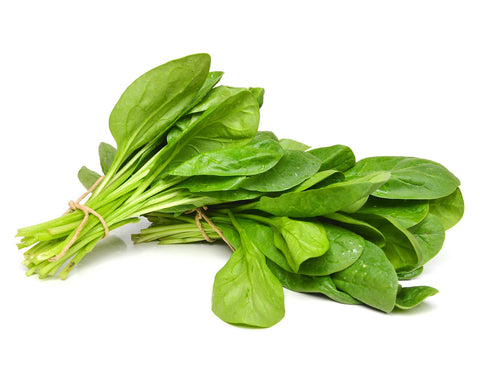
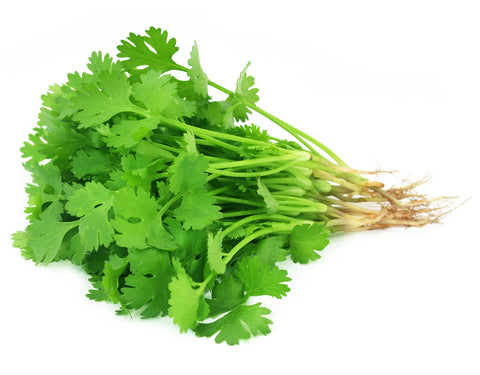
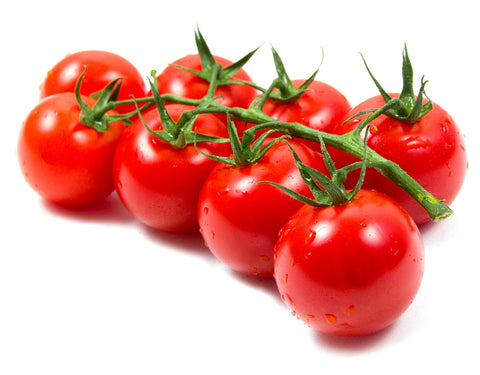
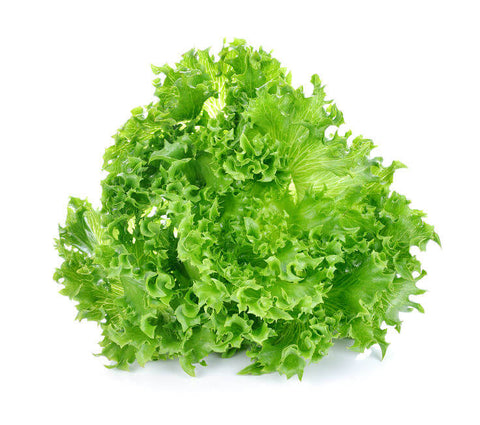
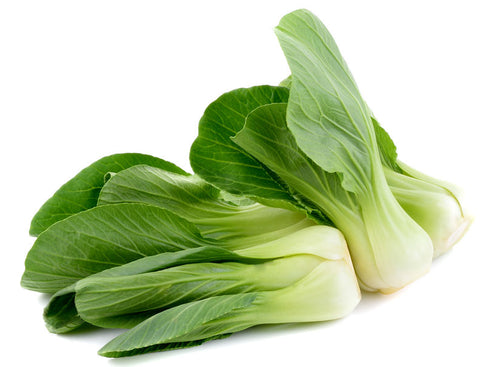

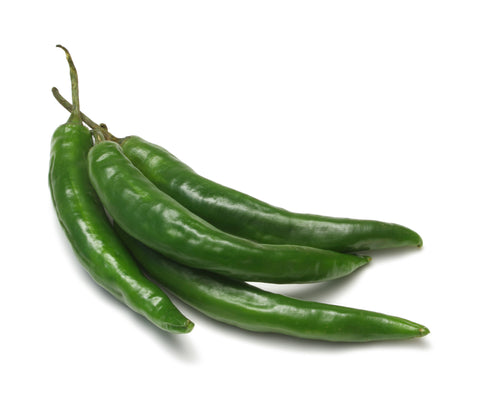
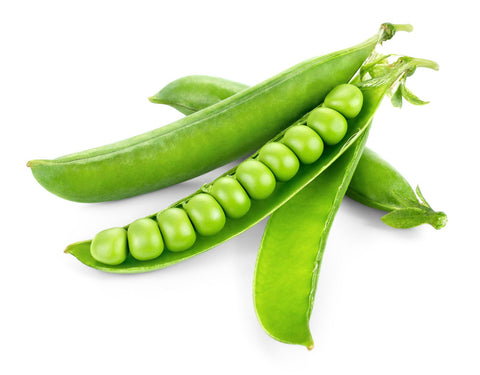
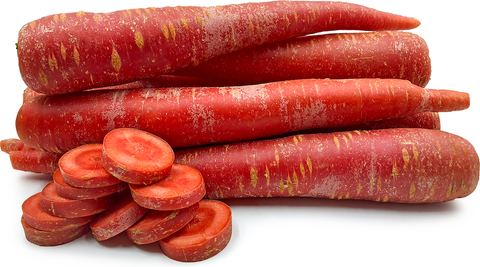
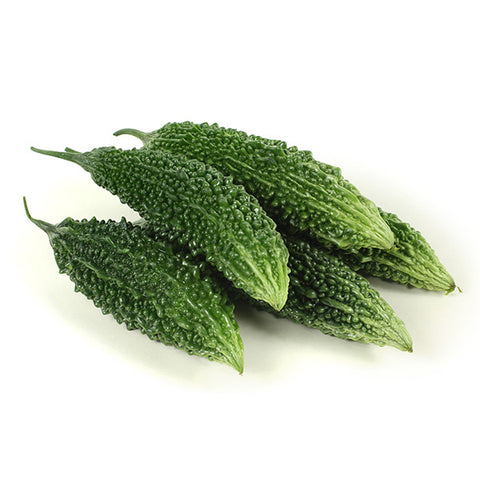
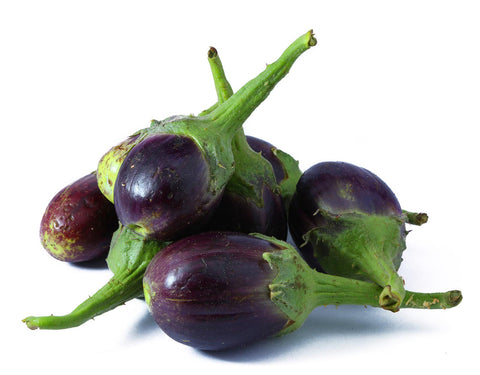
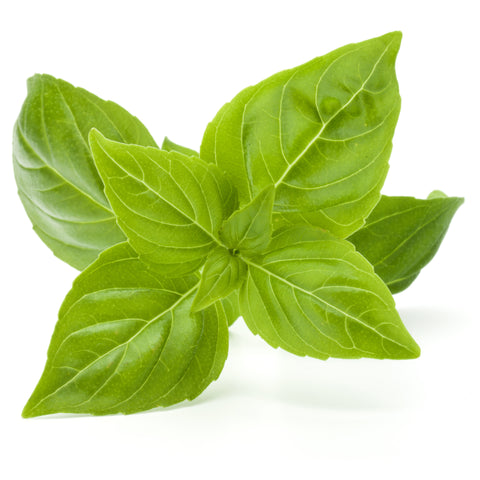
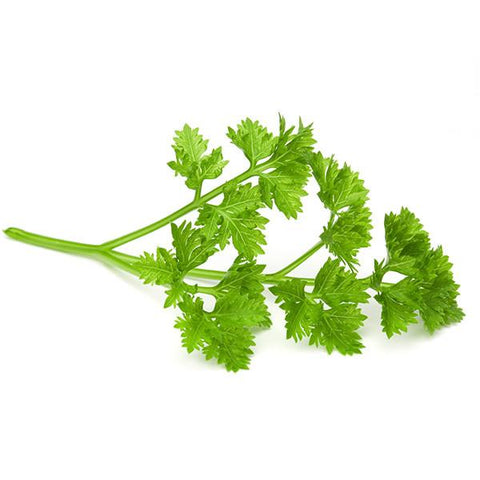









Let us know your feedback
* Comments must be approved before being displayed.